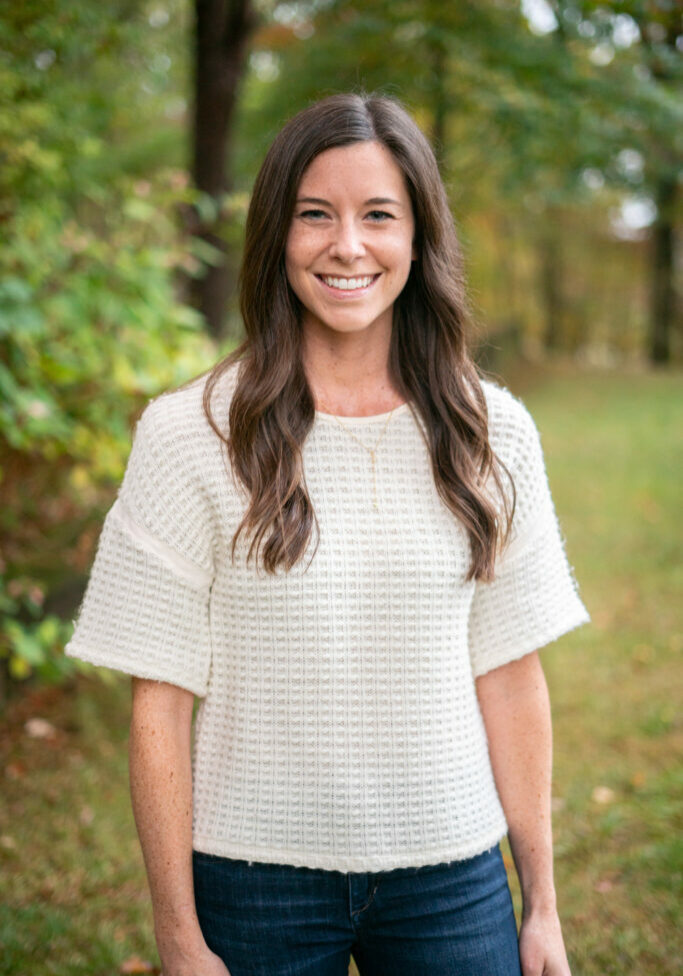Eyes Can Be an Access Point for Germs
When was the last time you rubbed your eyes?
Most of us do it often enough that we might not even notice it every time it happens. Whether we’re tired, our eyes are dry or itchy, or we get something stuck in one of them, rubbing them is a quick and easy way to make them feel better — except it’s probably doing more harm than good. Every time we rub our eyes, we contaminate them with germs from our fingers, including viruses.
Germs on Our Skin, Hands, and Fingernails
Many different types of microorganisms live on our skin, making up a microscopic ecosystem called “skin flora.” Some of these microorganisms are beneficial, but others can cause diseases or infections if they get past the skin barrier, and the eyes are a convenient entry point for them. Our hands pick up germs from everything we touch, and a lot of those germs stay trapped under our fingernails, where they can breed and spread to other surfaces, eyes included.
How Do Our Eyes Defend Themselves?
Fortunately, our eyes aren’t entirely without their own defenses. Our eyelashes are there to keep out irritants, and blinking helps with that too. We also have the tear film, a three-layer drainage system that protects the cornea from debris and germs that manage to reach the surface of the eye. The trouble is that when we rub our eyes, we run the risk of causing tiny injuries to the cornea, giving germs the opening they need to get inside.
How Can We Protect Our Eyes From Germs?
We can’t always avoid touching our eyes, especially if we wear contact lenses, but it’s best to keep the contact to a minimum and thoroughly wash our hands with soap before touching them. We should also keep our fingernails trimmed to minimize the ability of germs to hide under them. Germs under fingernails are actually the main reason medical professionals wear gloves when working with patients! They’re that hard to get rid of! Also, this concern applies to fake nails as much as real ones.













